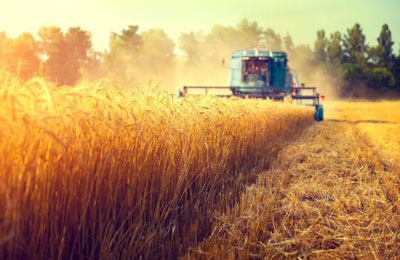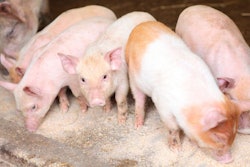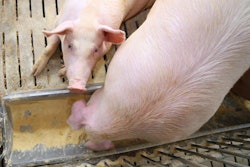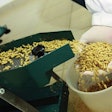
The conflict between the two countries may leave little wheat for animal feed.
Right now, TV broadcasters already advise there might be a shortage of wheat for bread and pasta – at least for this year. The war between Russia and Ukraine has placed a huge question mark over wheat supplies in the near future. If I am not mistaken, both countries account for more than 40% of global wheat exports. I am a skeptic when it comes to bread and pasta – but I can place a sure bet that there will be little wheat left to feed animals. That is in areas that feed wheat, because I doubt Iowa will feel a difference. It is timely, I believe, to question the wisdom of abandoning the post-war principle of wheat self-sufficiency, but that is another story.
So, with wheat in short supply as a feed ingredient, the question is what to replace it with. The obvious answer is corn, but corn is in a tight spot as well. Inflation, logistics, politics, unfavorable predictions regarding stocks and yields all make corn prices almost prohibitive to consider importing it over long distances. So, the answer is just one: go local.
Many years ago, I gave a presentation on how to replace expensive cereals with local agro-industrial byproducts. All farm animals can consume local byproducts – the more fibrous ones go to ruminants, but there is a plethora of other products that can feed poultry, pigs, rabbits, etc., that do not have to be straight corn and wheat. There is a pasta manufacturer in every country, and they literally pay you (most of the time, but perhaps not now) to get rid of their waste – often more than good enough to feed people. I will never forget the success I had using breakfast cereal fines from a nearby factory to replace 40% of cooked corn in my early career. Nobody else followed, but I made a great product at very low cost, and animals just loved it – it was only those blue specs I had to explain to a customer or two.
So, look around and locate local agro-industrial products. There are whole books full of such information about these products and an experienced nutritionist will be able to replace wheat without difficulty. Plus, you gain the benefit of not needing wheat enzymes, and no more dirty eggs (sometimes). If I were you, I would act now before everybody else decides to do the same. No matter what happens with that war, we are in for a good wheat shortage coming up.


















